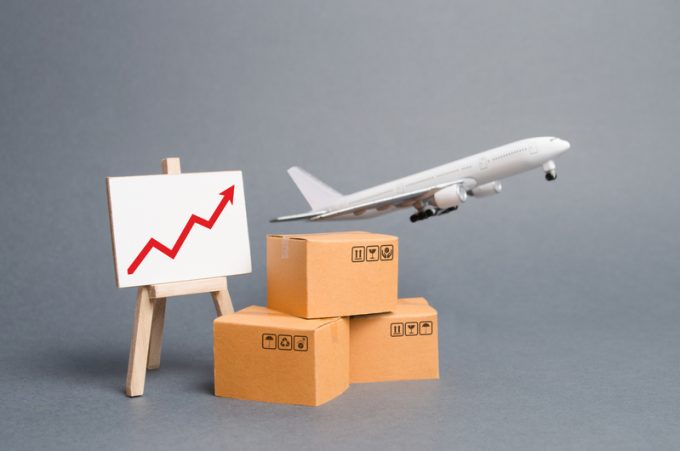Airfreight shippers told to delay contracts as US CBP clarifies China rules
Shippers should hold off negotiating airfreight contracts until there is more global clarity – although ...

In 2021, as the world began to recover from the Covid-19 pandemic, air cargo traffic boomed, growing nearly 19% that year over depressed year 2020 traffic volumes, bolstered by both e-commerce and severe disruption in containership-supported supply chains.
However, year-on-year air cargo traffic (measured in tonnes enplaned, multiplied by km flown) began to contract in March 2022, due to several factors, including the Russia-Ukraine war, inflation, and China’s “zero-Covid” policy.
Full-year 2022 air cargo traffic fell 8.1%, and continued to fall until ...
Volcanic disruption at Anchorage could hit transpacific airfreight operations
Macron calls for ‘suspension’ – CMA CGM's $20bn US investment in doubt
Forwarders stay cool as US 'liberation day' tariffs threaten 'global trade war'
Shippers snap up airfreight capacity to US ahead of tariff deadline
De minimis exemption on shipments from China to the US will end in May
Tighter EU import requirements proving 'a challenge' for forwarders
Looming Trump tariffs will create 'a bureaucratic monster' for Customs

Comment on this article